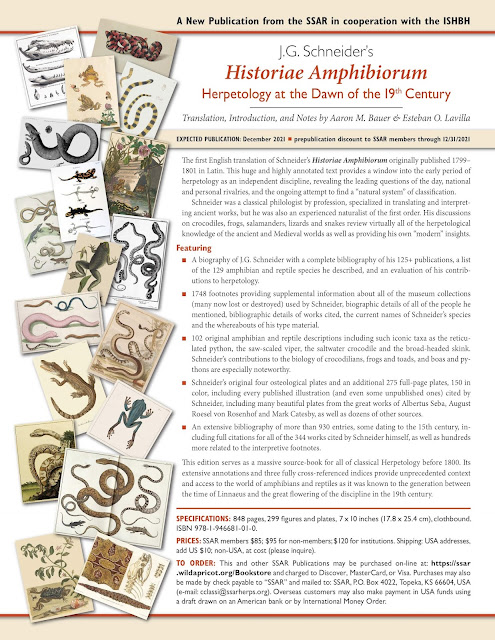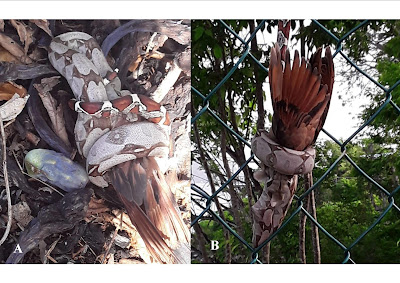Thursday, November 4, 2021
Rediscovery of an elusive snake in Tobago
Wednesday, September 22, 2021
The importance of surveying Herpetofauna in EIAs
Tuesday, July 20, 2021
Tuesday, July 13, 2021
Conservation status of the Dwarf Marsupial Frog in Trinidad, Tobago, & Venezuela
| Drawf marsupial frog (Flectonotus fitzgeraldi) female with eggs on back. Photo by Renoir Auguste |
The dwarf marsupial frog is a small frog found in Trinidad, Tobago and Venezuela. It is a forest specialist species usually found in vegetation with closed canopy and near streams. They are called Marsupial frogs because the females carry their eggs in a pouch on their back, like the marsupials from Australia (that have the pouch by their belly).
The International Union for the Conservation of Nature (IUCN) in 2004 regarded the dwarf marsupial frog as endangered. That status remained unchanged for 16 years. However, a team of researchers from Trinidad, Venezuela, UK, EU, & US compiled biological data done on the species in its respective range which provided important information for its conservation. Based on the surveys, the frog was found to be widely distributed across Trinidad, northeast Tobago and northeastern Venezuela. As such, the group, lead by professor Roger Downie from Glasgow University suggested that the conservation status be downgraded from Endangered to Least Concern.
This is an important milestone for this species based on the updated information provided by this study. However, further studies on number of individuals in its range are needed to continuously monitor the species, as it can potentially revert to its more threatened status because of climate change, habitat alteration and diseases because of its very specific habitat requirements.
Reference:
Smith, J., Jowers, M.J., Auguste, R.J., Hoskisson, P., Beyts, C., Muir, G., Greener, M.S., Thornham, D., Byrne, I., Lehtinen, R., Eyre, M., Rutherford, M.G., Murphy, J.C., De Freitas, M., Rivas G.A., and Downie, J.R. 2021. The distribution and conservation status of the dwarf marsupial frog (Flectonotus fitzgeraldi) in Trinidad, Tobago and Venezuela. Amphibian and Reptile Conservation 15(1): 36-56.
Link to paper here: http://amphibian-reptile-conservation.org/pdfs/Volume/Vol_15_no_1/ARC_15_1_[General_Section]_36-56_e273.pdf


